It is delightfully ironic to be baking a bread that fended off an invasion of French baguettes to accompany our Veal Marengo recipe celebrating a French Napoleonic victory in Italy, but the main reason we've chosen to feature the ciabatta is that it's a bread that's particularly pleasing to the senses. It isn't just tasty. It tears beautifully in the hands, alternates between a crunchy crust and soft springy centre, and gives off the most wonderful aroma in the oven. And then there's the texture. The loaves are a work of art, never identical, a joy to touch.
Some say it isn't a bread for novice bakers, but we beg to differ. As long as you are not impatient and keep the dough wet, this is an easy bread to make.
700g strong (high gluten bread/pizza) flour
20g dry yeast
20g salt
pinch of castor sugar
1 tbl white vinegar (or sourdough starter)
560ml tepid water
20ml olive oil
olive oil spray (optional)
flour for dusting, preferably rye
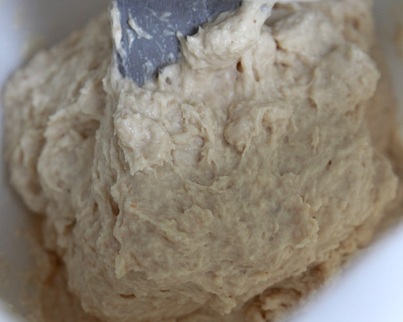
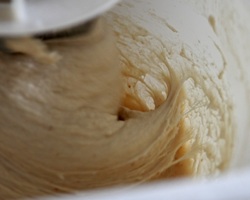
Mix on a higher speed for ten to fifteen minutes until the dough sticks with a cobweb-like consistency, then add the olive oil and continue mixing for a minute or two.
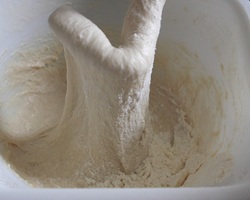
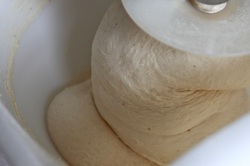
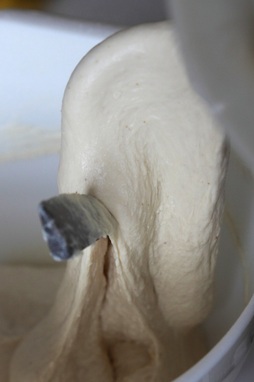
Let it rise for approximately two hours in the bowl, covered with cling wrap or a plastic bag. It should more than double, even triple in size.
Pre-heat your oven to 230 degrees Celcius or thereabouts.
After your dough has risen, give it a generous spray of olive oil and knock it back. (This prevents it sticking to you or the dough scraper.) Then sift rye flour over the top.
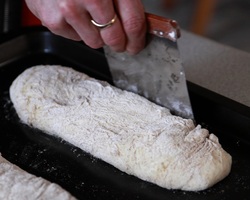
Bake for 45 minutes with a pan of boiling water in the bottom of the oven to produce steam (though this isn't mandatory). The loaves pictured did not use the steam 'trick' but some swear by it.
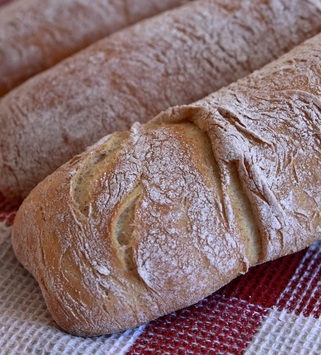
Ciabatta is so delicious that it can be eaten straight. Its flavour is best appreciated with olive oil or unsalted butter.
Whether you use your ciabatta for a fancy lunch sandwich, to soak up a rich sauce, or as an accompaniment with olive oil and balsamic vinegar, your guests will think it came from one of the finest bakeries of the region.
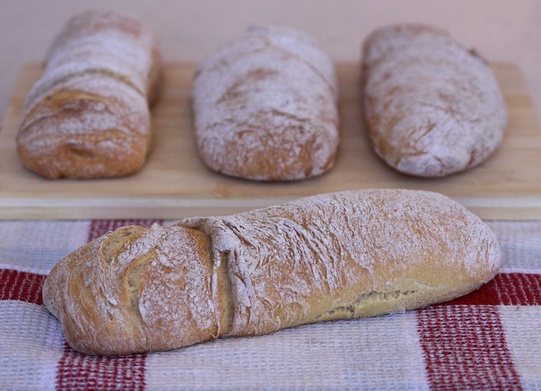
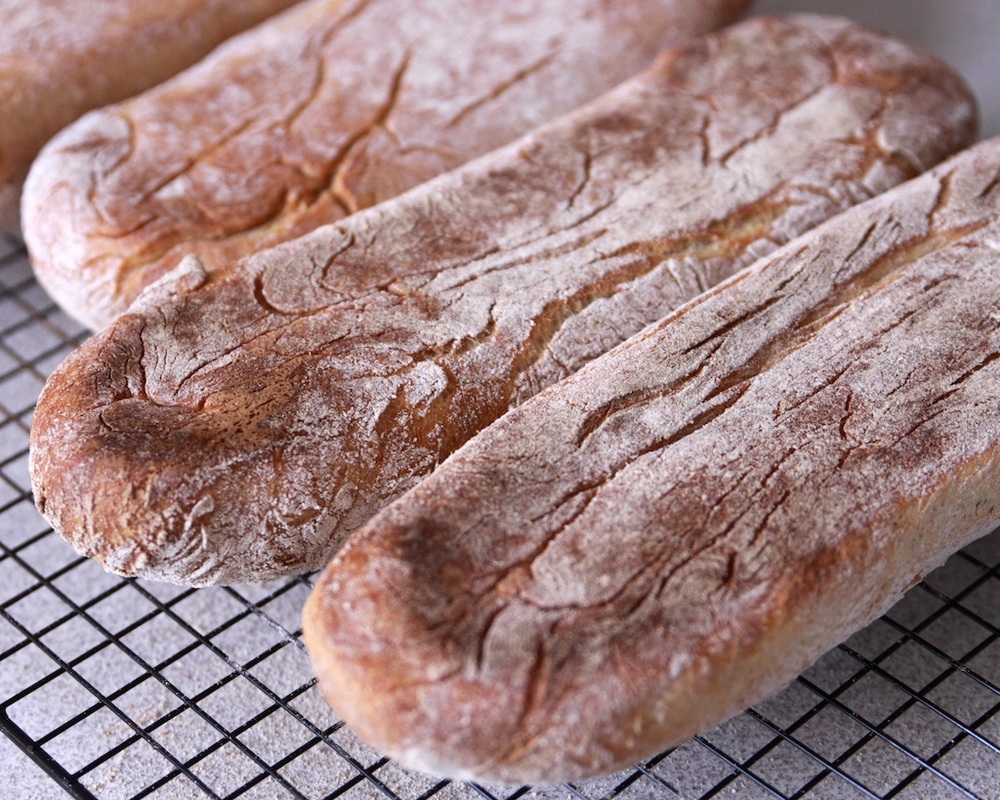
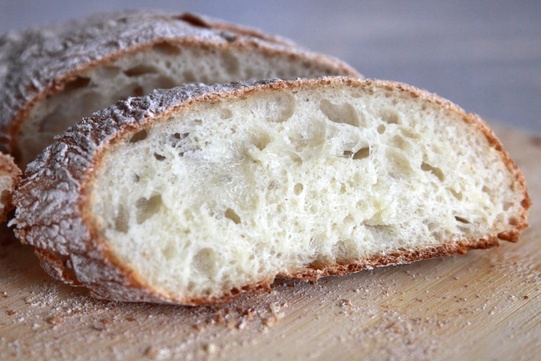
 RSS Feed
RSS Feed